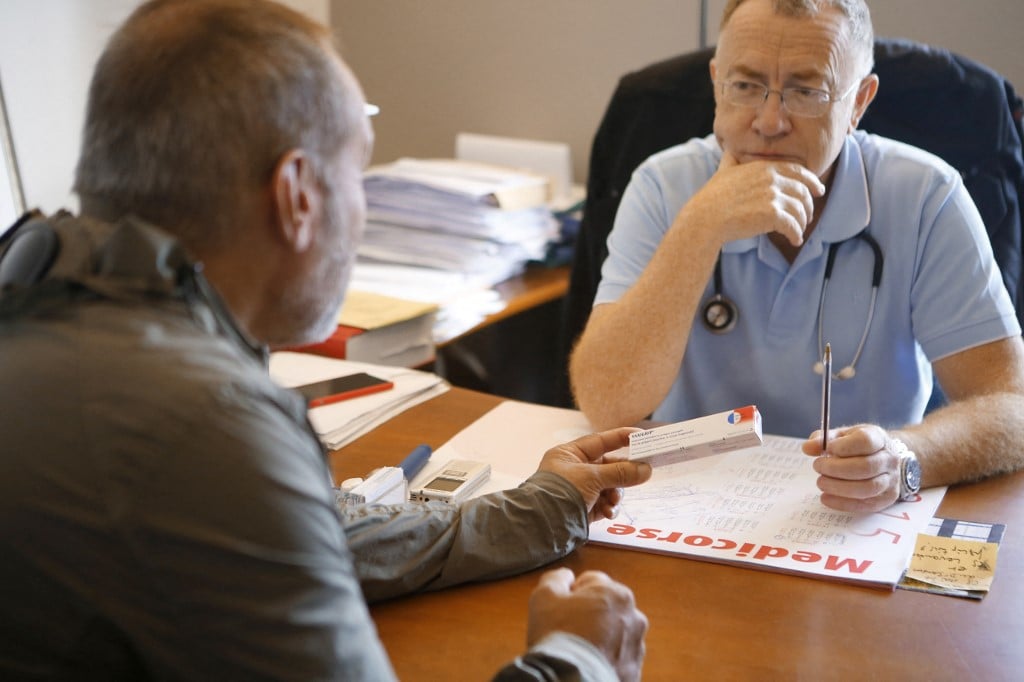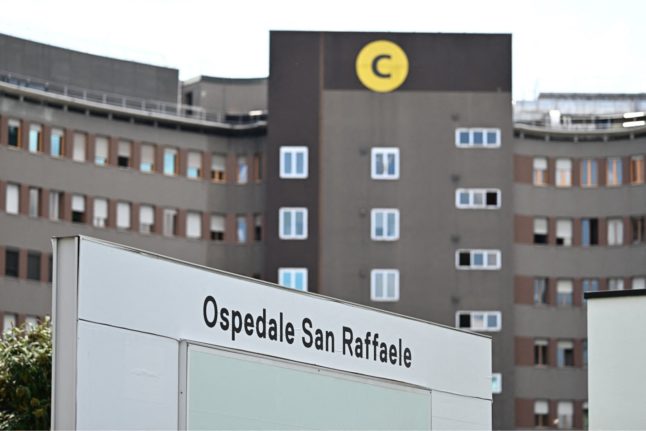Seeing a doctor is usually seen as a fairly uncomplicated task but everything gets a little harder when you’re in a new country, and Italy is really no exception as its healthcare system can be fairly tricky to navigate at first.
Additionally, not all Italian doctors are competent and confident English speakers, which means that their vocabulary may not be enough to cover the full extent of medical terms and procedures involved in an ordinary visit and they may naturally switch to talking to you in their native tongue when asking questions or providing information.
As such, having some handy vocabulary under your belt can be a big help when trying to bridge any language gaps during your first appointments.
Making an appointment
In order to get an appointment (visita) with a public general practitioner (medico di base), you must be registered with the Italian national healthcare system (Servizio Sanitario Nazionale, or SSN) and hold an Italian health card (tessera sanitaria).
READ ALSO: Italian healthcare: Should you switch from public to private insurance?
Further, while in some countries you may call the local clinic (ambulatorio) and book an appointment with any doctor on duty, that is not how things usually work in Italy.
In order to see an Italian GP, you must be under the care of that particular doctor. Info on how to register with one of the professionals operating in the area covered by your local health authority (Azienda Sanitaria Locale, ASL) can be found here.

Once you’ve registered with a GP, you can go ahead and book your first appointment. You can generally do so via phone, email or, in some cases, online.
When booking by email or phone, you may be given an overview of the doctor’s office hours (orari di apertura) and asked what day (giorno) and time (ora) you’d like to schedule the appointment (fissare la visita). Should you need to reschedule the appointment later on, you could ask: Sarebbe possibile spostare la visita?
Remember: if you’re in need of an urgent appointment, you can ask to see a doctor from Italy’s Guardia Medica, a medical care centre that operates outside of GPs’ normal working hours and on weekends, or visit your local hospital’s ER (pronto soccorso).
Seeing your doctor
Though they provide patients with a set appointment time, Italian clinics tend to run a little late, so you may have to wait for your turn in the waiting room (sala d’attesa).
Also, new patients are usually handed a form (modulo) to fill out with general information about themselves and their overall health (stato di salute) just before their first appointment.
Once you’re in their office (ufficio), your doctor (dottore for a man and dottoressa for a woman) will enquire about the reasons behind your visit.
If you’re there for a routine checkup, you could say that you’re visiting for a simple controllo. But if you’re there for any type of health problem, you’ll likely be asked what your symptoms (sintomi) are.
You may have fairly common symptoms – for instance, a cough (tosse), a sore throat (mal di gola), fever (febbre) or headache (mal di testa).
READ ALSO: Coughs, colds and flu: What to say and do if you fall sick in Italy
But if you don’t really know what you have or don’t exactly know how to describe it in Italian, don’t worry: you can just indicate where the pain is coming from by saying mi fa male followed by the part of your body that’s aching (stomach, or stomaco, abdomen, or addome, chest, or petto, etc.).

At this point, your doctor may ask you further questions on the type of pain you’re feeling – for instance, whether you have a throbbing (pulsante) or stabbing (lancinante) pain – and ask you to lie down (stendersi) or sit (sedersi) on their table (lettino) to perform a physical examination.
Among other things, the doctor might measure your heart rate (battito cardiaco) and blood pressure (pressione sanguigna), look in your throat or ears with a torch, or listen to your heart or lungs with a stethoscope (stetoscopio).
Further tests and medicines
Depending on the outcome of the physical examination, your doctor may refer you to a specialist for further diagnostic exams and tests (esami diagnostici), including blood tests (esami del sangue), an MRI scan (risonanza magnetica), an ultrasound (ecografia) or an ECG (elettrocardiogramma).
But if the source and nature of your health problem is already clear to your doctor, you’ll likely be given a prescription (ricetta) for the purchase of medicines (medicine) as well as some instructions to follow to achieve full recovery (completa guarigione).
READ ALSO: Why are medicines so expensive in Italy?
Medicines may come in the form of powder (in polvere), tablets (pastiglie or compresse), drops (gocce) or syrup (sciroppo).
Remember: Italian doctors tend to have fairly bad handwriting (locals often jokingly refer to it as ‘hieroglyphs’), so make sure you know exactly what you need to get at the pharmacy (farmacia) as well as how many times a day (volte) you need to take each medicine.



 Please whitelist us to continue reading.
Please whitelist us to continue reading.
Giampietro, what a helpful, informative article complete with a glossary! Appreciative is not an adequate adjective for how your readers must feel, coming out of a single reading.
I’ve never been asked to fill out a modulo, should I be worried?
A really useful piece, thanks.